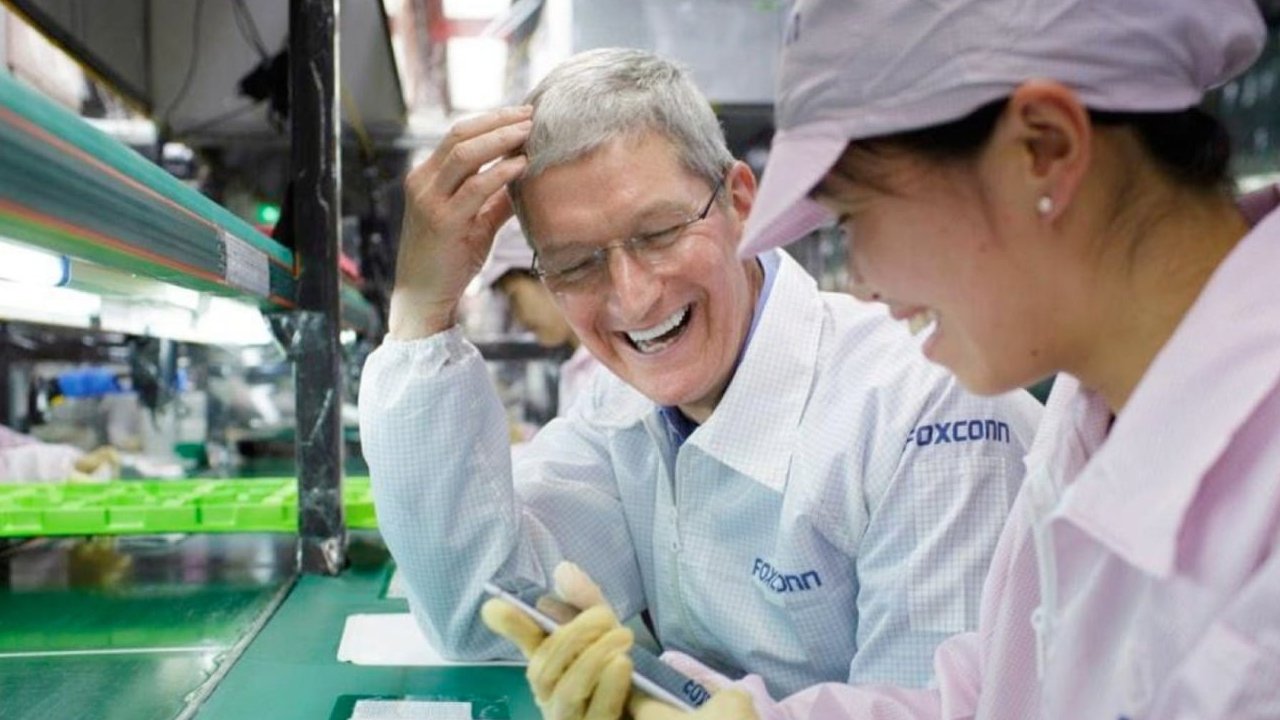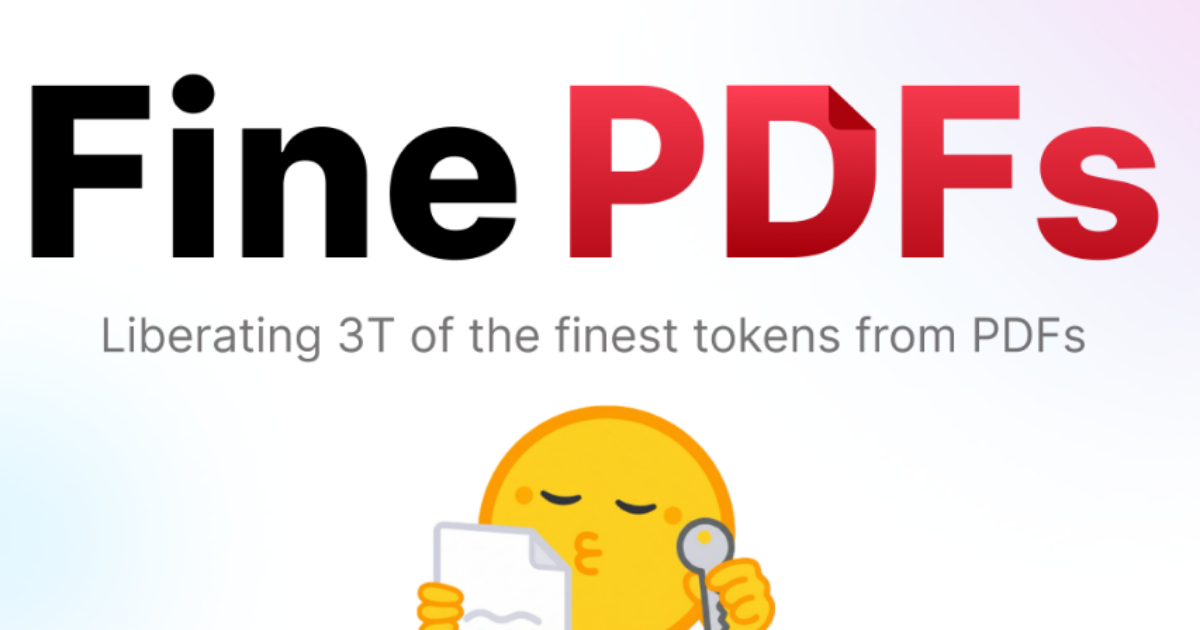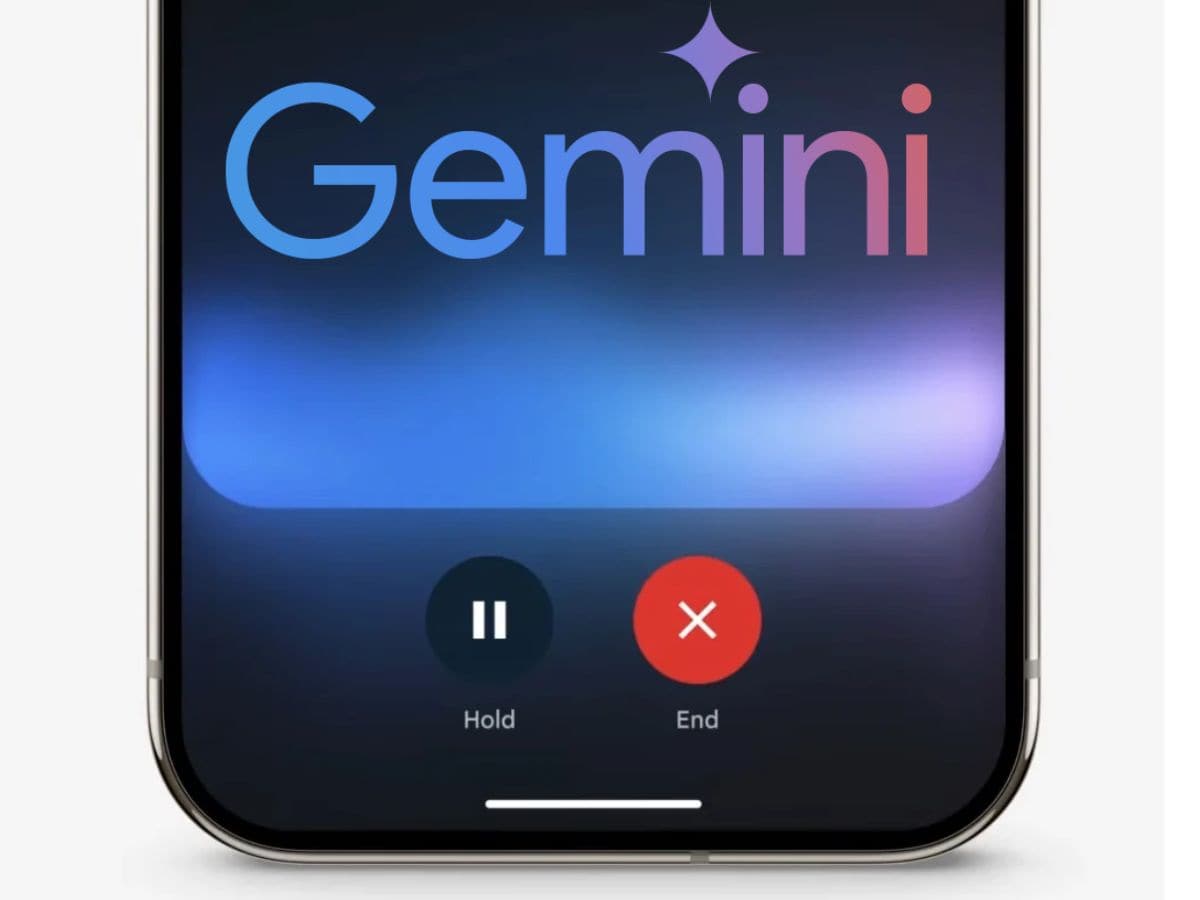Tim Cook at a Foxconn plant in Vietnam — image credit: Apple
President Donald Trump’s new trade deal with Vietnam raises dramatically hikes import costs for Apple’s hardware including AirPods, almost all iPads, and the Mac mini.
Following Apple’s massive global restructuring of its supply and delivery chains to mitigate against Trump’s “reciprocal” tariffs, Tim Cook said in May 2025 that everything but iPhones would now be imported from Vietnam. Now according to CNBC, Trump has announced a new trade deal with Vietnam that will increase Apple’s costs on a huge proportion of its devices as compared to prior to Trump’s second term as president.
While Apple can and has moved manufacturing between firms and countries to suit demand and logistics, the list of devices believed to currently be made in Vietnam is:
- AirPods
- Apple Watch
- iPad
- Mac mini
- MacBook Pro
It is Apple that will have to meet these new tariff costs, even though Trump has returned to falsely claiming that “Vietnam will pay.” There are now two tariffs on goods imported from the country, including a 20% one that Apple will have to pay.
There is an alternative 40% tariff called a transshipping one, which US firms would have to pay if goods originated outside Vietnam, before being shipped from there. While Apple’s manufacturing in Vietnam includes assembly of devices from components sourced worldwide, it does not appear that this will qualify it for the higher rate.
Nonetheless, the 20% rate that Apple must now pay on imports of the iPad, Apple Watch, and almost all AirPods, is dramatically higher than before. While Trump previously threatened a blanket 46% tariff on Vietnam, prior to his “Liberation Day,” the tariff was less than 4%.
There were also exceptions, which included some technology firms and electronic devices, which effectively paid no tariff at all. It’s not clear which products from Apple qualified for almost no tariff, or when, as some of that gating was time-of-year dependent.
And, as such, the math of Apple paying five times higher tariffs is extremely conservative, and in the president’s favor.
According to Trump, in return for “cutting” tariffs to 20%, the country has agreed that the US “will be able to sell our product into Vietnam at zero tariff.” This is just one further way in which the math behind the “reciprocal” tariff is absent a relation to tariffs, and instead, math vaguely based on a trade imbalance.
Trump’s new deal with Vietnam comes shortly after his signing one with China, which is also bad for Apple, other US businesses, and therefore consumers. There are expected to be more such deals announced in the next few days.









